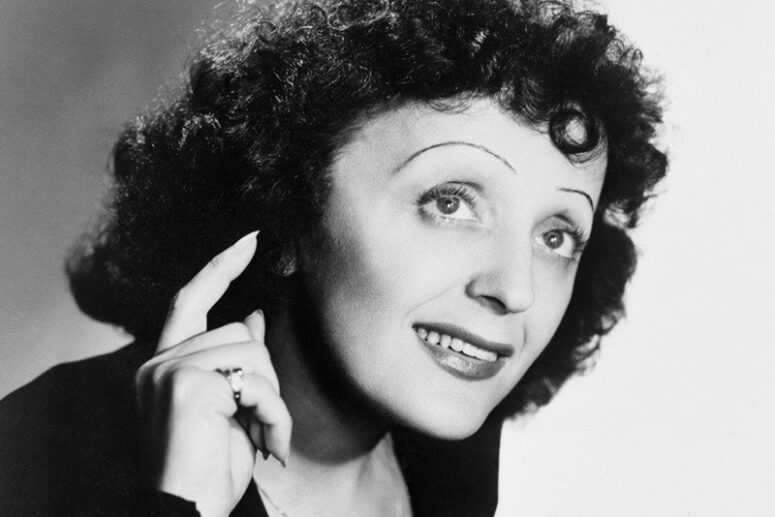
In December this year, the world will celebrate the 105th anniversary since the birth of the world-famous French singer and film actress Edith Piaf. As is the case with many celebrities, this woman’s life was difficult and full of trials. However, Edith had true love in her that helped her endure hardships, and that love was abundant. One other thing that she had was the so-called “faith of a coal-miner”. Perhaps, those were the two traits of her character that have tipped the God’s scale towards the salvation of her soul.
The main facts of the artist’s rich biography are known to many. Instead of enumerating them, it would be better to speak in more detail about the details that would appeal to a Christian reader; those where the hand of God can be seen most clearly.
Childhood in a Brothel and Recovery of Sight through Adulterers’ Prayers
Edith was an unwanted child for her mother. The failed actress Anita Maillard refused to look after her daughter since her birth and often nursed her with diluted wine instead of milk. It was not long before Edith’s father decided that the girl would be better off in Normandy, under the wing of his mother, who ran a brothel. It happened just as he expected. The brothel dwellers surrounded little Edith with great love and care, bought her the best toys and always fed her well. But poor living conditions in the early years of infancy affected the baby’s health. She developed severe cataracts, which no doctor on earth could heal. The girl became blind and began to perceive the world primarily by ear. In all likelihood, that occasion helped the future singer develop such a magnificent musical talent.

The brothel residents, including the hostess, were very worried about little Edith, because each of them loved her like her own daughter. One day they firmly set themselves on going with the child to the church in Lisieux and asking St Therese for help. The women closed the brothel for the whole day, dressed in chaste clothes and went to the temple with great hope, bringing with them a letter to the abbot. In the letter the hostess promised to donate 10,000 francs to the church if the girl regained her sight. The dissolute women stayed in the church all day praying to Saint Therese for the girl to be healed at least after ten days. On the tenth day, the women were waiting for a miracle. They spent the entire day testing Edith’s vision. But it was not until the evening, when everyone was already starting to lose faith, when the miracle happened, and they found the girl contemplating a picture on the wall. On the following day the promise given to the abbot was fulfilled. Later in her adult life Edith will address in her prayers to Saint Therese more than once, asking her for help.
Risky Endeavor to Help War Prisoners
It was during the Second World War, when France was occupied by the Germans that Edith Piaf was allowed to give a concert for prisoners of war followed by taking a group photo as a keepsake. After the concert, Piaf gave the photo to friends, who enlarged it, cut out the faces of all the prisoners present and made 120 forged documents. After that Edith managed to persuade the invaders to allow another concert in the same camp. The singer brought fake passports in her double-bottom suitcase and handed them over to the prisoners along with her autographs. As a result, many prisoners managed to escape and hide.
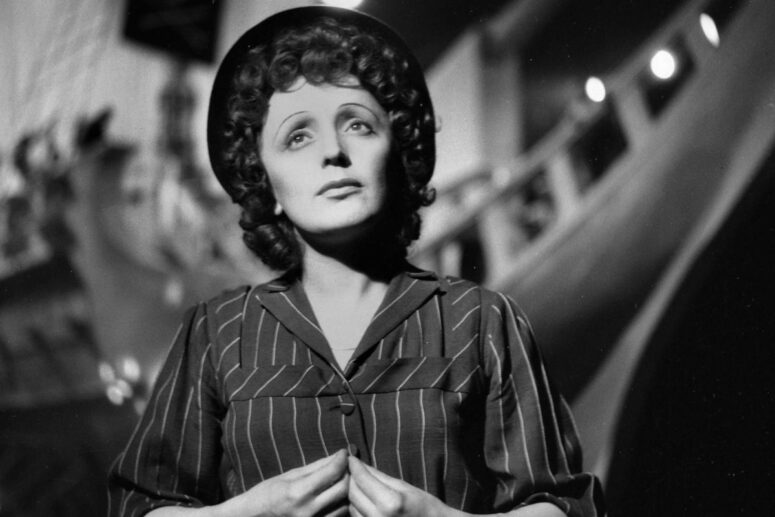
Meeting with her Last Husband and Conversion to Orthodoxy
There were many men in Edith’s life and also many disappointments in men, possibly because she could not stand being alone. But her only true love was the boxer Marcel Cerdan. After his tragic death in a plane crash, Edith could no longer imagine falling in love and getting married again. And yet, the Lord gave her such a gift.
Edith Piaf last relationship was with the young hairdresser Teo Sarapo (Theophanis Lambukas), an immigrant from Greece. He was much taller than the singer and almost half her age; in addition to that, Edith was already suffering from a number of diseases by that time. The couple was often met with derision even to the point of Teo being considered a gigolo, although, in fact, he was the one supporting the artist, who by that time did not have any savings, having spent what was left of her rather extravagant young years on subsequent medical treatment. When Theo first proposed to Edith while visiting her in the hospital, she refused, but did not push him away. Ultimately she gave her consent to marry Teo in an Orthodox church, which required a change of faith. It was at the age of 47, a year before her death, that Edith Piaf renounced Catholicism and converted to Orthodoxy. She kept her name in Orthodox baptism since St. Edith (of Wilton) is both a Catholic and an Orthodox saint. The couple got married in 1962. Their marriage took place at St Stephen’s Cathedral in Paris.
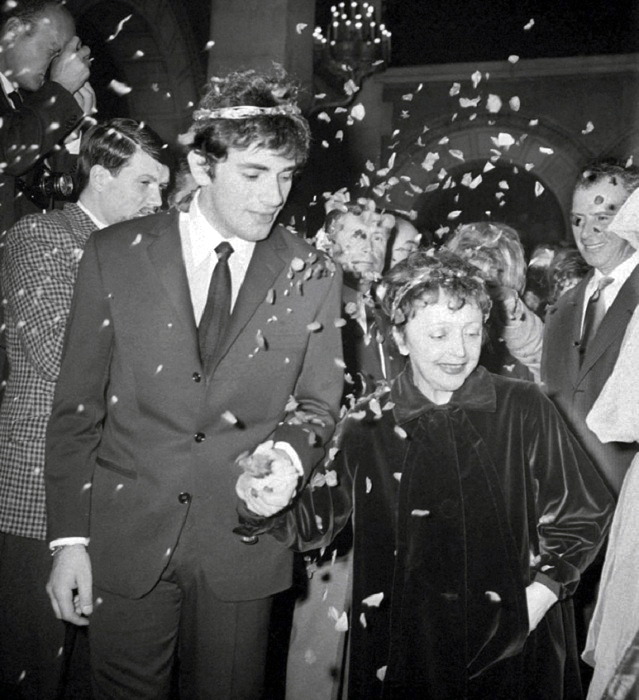
Later, writing down her life story already on her death bed in hospital, Edith Piaf asked people and God to think of her with the Savior’s words said of Mary Magdalene: “Her sins, which are many, are forgiven; for she loved much.”
Indeed, there were many controversial events and dark times in Piaf’s life, such as dependence on morphine and alcohol, many affairs and break-ups. They were intertwined with even more difficult trials: a false accusation of murder resulting in attempts to drive her off the stage; the loss of the desired child, the death of the main love of her life, depression and, finally, cancer… And yet, to this day, Edith remains in the hearts of people all over the world a figure for admiration, because she was genuine and spoke to people in simple terms. Her performances were not essentially shows; she just went on stage and with her singing opened the audience’s eyes to see the beauty. Each one of her songs carried a trace of her life and her suffering.
The biography of Edith Piaf once again shows that life is more complicated than we might think. The ways of the Lord are inscrutable. Until the very last day any person can still repent and be saved, if not by deeds, then by faith. We don’t know for sure if Edith eventually managed to cleanse her soul through suffering. But there is one famous French expression about popular religiosity: “La foi du charbonnier” (translated as “the coal miner’s faith”). It means a naive but firm conviction that God exists and helps a person in a difficult situation. Edith certainly did have such faith.
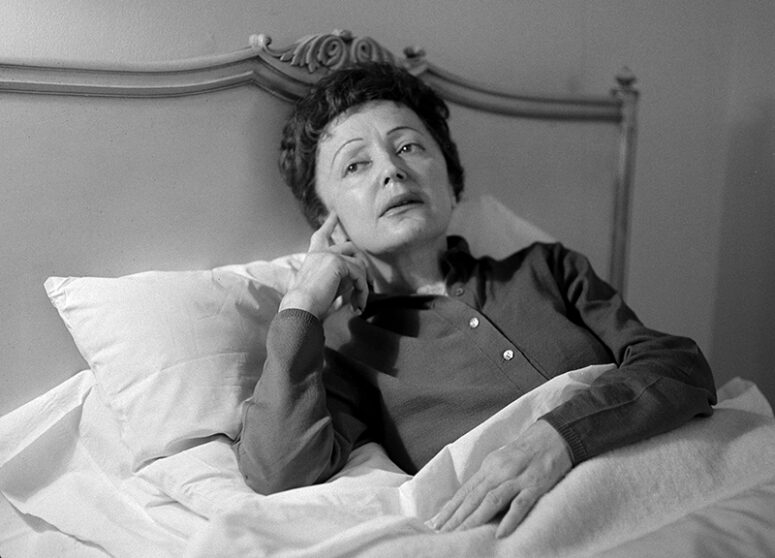

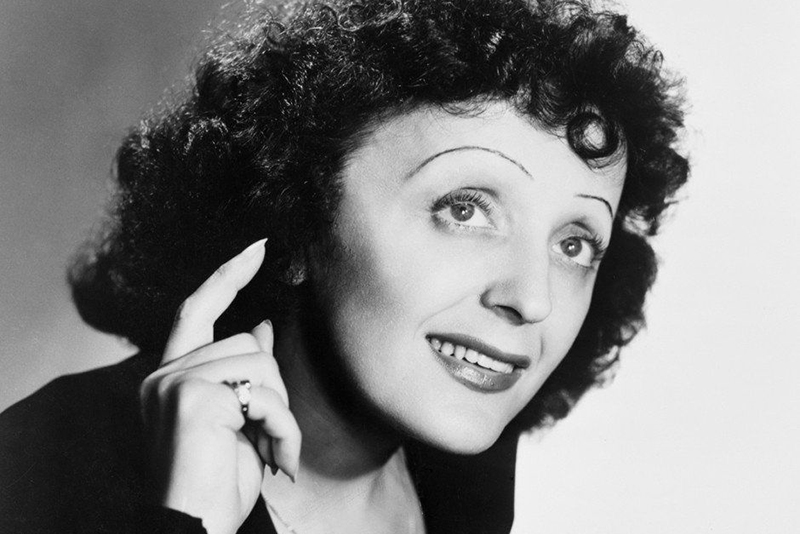
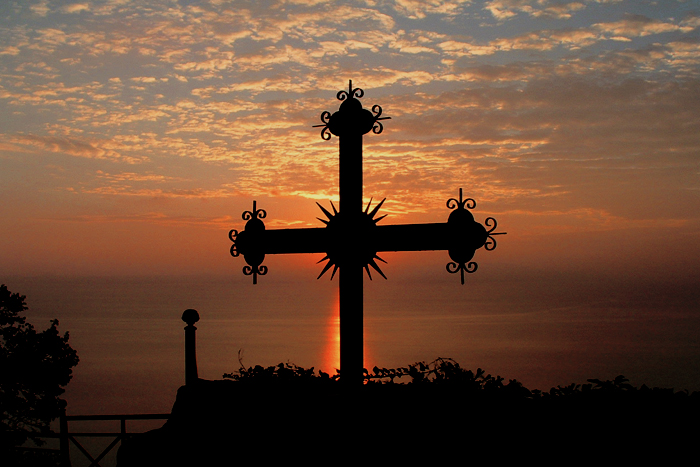
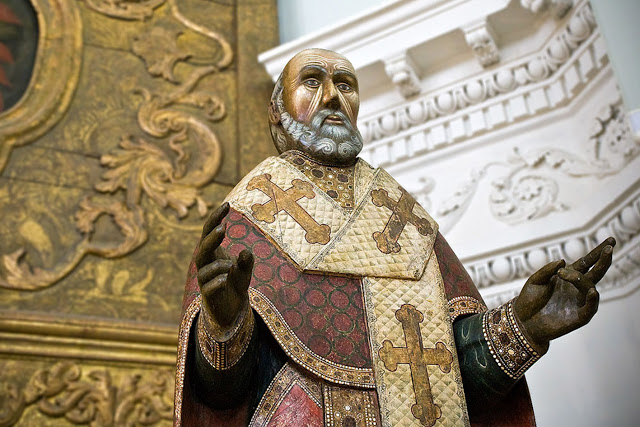
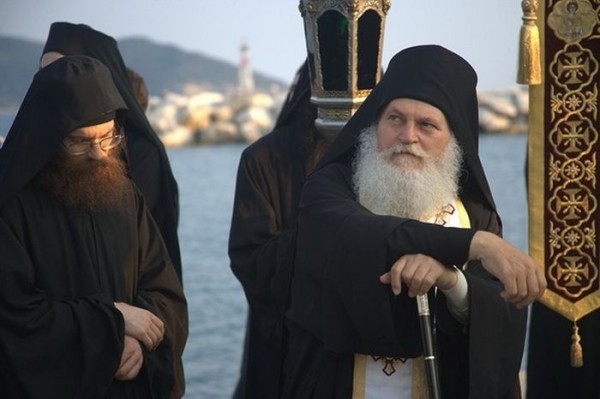
Is St Therese accepted as a saint in this organisation?
What organization?
As in the convent.
Mother Teresa is not glorified as a saint in Orthodoxy
I meant this Anastasia and Karina,
“One day they firmly set themselves on going with the child to the church in Lisieux and asking St Therese for help.”
either way thank you for this beautiful article as i liked her song “adieu mon coeur” before i came to know about the Orthodox church.
Sorry, I misunderstood your first question.
Yes, we are talking about St. Therese from Lisieux (1873-1897) here. Аnd she was canonized by the Catholic Church around the same years that Edith Piaf was healed.
There are three” Therese”canonical saints in roman catholicisme: Theresia of Avila, a great Spanish mystic,Thérèse de Lisieux, also a Carmelite and mother Teresa.
In French they call sometimes the first one as la grande Thérèse and the second one as la petite Thérèse,because she went to the Carmel at the age of 15 en died when 24.
Thank you so much for the addition!
I have always believed that a saint in one Church is recognized as a saint in all churches. This is one of the “commonalities” in Christianity. Teresa of Avila, Therese of Lisieux, and Therese of Kolkata are canonized saints in the Roman Catholic Church, and as such should be recognized as the same in all Orthodox Church. This is the same as the Romanov (Nicholas II) Family being canonized saints in the Orthodox Church, being recognized as the same in the Church of Rome. There are many good and righteous people of God who are neither Orthodox or Catholic who are or should be sainted, such as Dietrich Bonhoeffer. Being a good person, a righteous person, a holy person can and often does surpass one’s being Orthodox or Catholic or Protestant. The goodness, righteousness and holiness of an individual must be universally accepted. Before we are anything with a label on it, we are human beings. Before we are Orthodox or Catholic we are human beings. Before we are Russians or Americans we are human beings. The subject here is Edith Piaf, although she is not mentioned until now. She was a good person not because she became Greek Orthodox, but because she is a modern day Mary of Magdala. Her life was hard and full of suffering, and a relatively short life at that. If we love Edith Piaf it is for her human-ness and her God-given talent. Her being raised Catholic and becoming (not ‘converting’ to) Orthodox is interesting, but immaterial.
Well said, Dominic!!
Dear Dominic,
Thank you very much for your comment. Your questions on righteousness, virtue, humanity and sainthood are deep and meaningful, and we welcome this opportunity to share our thoughts and have an intellectual debate.
Let us start with your argument that goodness, righteousness and holiness of an individual must be universally accepted. It raises some very fundamental questions. What is holiness? Can we know a righteous person by looking at his life? If so, on what basis?
As you suggest elsewhere in your post, we can distinguish right from wrong, and we can rely on this innate ability of ours in our deliberations.
Perhaps the best way to verify this view would be to examine our track record. Alas, we will find the results rather disappointing. More often than not, our conclusions about an individual’s righteousness rest on our limited knowledge of their public lives. Furthermore, they are subject to ethical biases and change over time.
Many literary geniuses have explored the contrast between a person’s public image and his genuine character. Shakespeare’s Hamlet, Shaw’s Mrs Warren’s Profession, and Brecht’s Three-penny opera are some outstanding examples. The recent debacle of the statues in the United States and Western Europe (https://www.bbc.com/culture/article/20201112-the-eye-of-providence-the-symbol-with-a-secret-meaning) shows us once again that a hero for some may be a villain for others.
Perhaps the biggest flaw of this approach is that it equates holiness to righteousness and virtue. It sees sainthood and holiness only as a form of public recognition and leaves no place for God. But, as Saint Tikhon of Zadonsk wrote, “without Christ, all wise men are mad, all righteous men are sinful, all pure men are impure, and all men are mortal” (https://blog.obitel-minsk.com/2020/12/fifteen-quotes-from-saint-tikhon-of-zadonsk.html).
As we read in the Bible, man was created in the likeness of God (Genesis 1:27). God created man to become like Him, to rise to His level. Many doubt if this is possible, and we need the saints to show us the way. By emulating God like the saints, we all become sainted as well. Living lives of virtue and righteousness are only a part of this.
If all Christians believe in one God, should this mean that a saint in one church must be recognised as a saint in another, as you suggest? Not necessarily. The churches still differ on the meaning of the likeness of God. They understand differently many other notions relating to holiness and righteousness, such as salvation and virtue. Some do not recognise the saints at all, believing that this would violate the second commandment. Even when several Christian churches venerate the same saint, they often do so for different reasons and emphasise different aspects of their lives. Here is a link (http://christianityinview.com/comparison.html) to a nice and simple overview of the ecclesiastical differences between the Orthodox, Catholic and Protestant faiths.
The best you can do is to keep looking until you find the answers that feel right for you. This cannot be done by reason alone. As Apostle Paul wrote, faith is the substance of things hoped for, the evidence of things not seen (Hebrews 11:1). One needs to use one’s mind and also to go by one’s heart.
We recommend this review of the Christian Orthodox understanding of holiness to help you with your search (https://www.goarch.org/-/the-saints-of-the-orthodox-church). You may also find interesting this material which shows how the Orthodox understanding of holiness might impact our everyday lives (https://obitel-minsk.org/saint-nicholas-feast-day).
May God save and protect you!